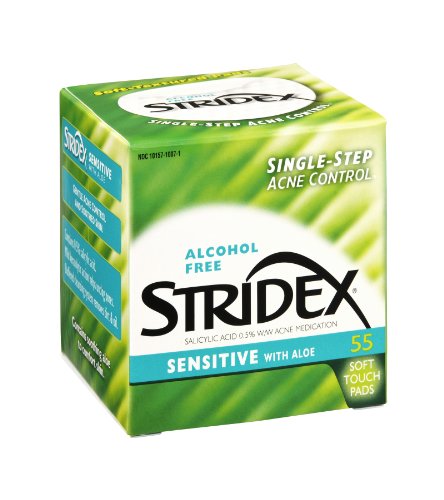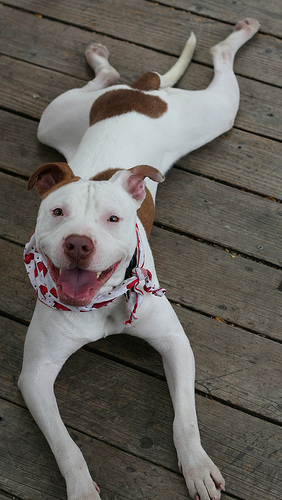Diagnosing And Treating Dog Skin Allergies
Since a dog can't describe how it's feeling, most people first notice that their pet is allergic to something when they have unexplained dermatological or digestive problems. Dog skin allergies can be as mild as excessive scratching or as serious as clumps of fur falling out, and oozing secretions.
A trip to the veterinarian is necessary if your dog has a skin problem. Dermatological ailments in dogs can be caused by a wide variety of problems, and some, such as parasites, require specialized treatments that only your vet can provide. If allergies is the diagnosis, then you can begin to treat your dog.
Problems with the coat or skin in dogs that have allergies do not mean that the reaction was caused by an exterior source, though it can. Allergic reactions to fleas and other pests can result in these problems, but so can many other things such as diet. Food allergies are one of the most common allergic sources of dermatological symptoms.
Removing potential allergens from your dog's diet and environment is usually the first step in both treating him or her and figuring out what he's allergic to. If the problem resolves itself when common allergens are removed from the dog's life, then you can start reintroducing them one or two at a time, in order to figure out which ones elicit a reaction. Changing to a low-allergen dog food is especially important during the removal phase, because many regular foods contain wheat or other grains that are common allergens in both dogs and people.
Removing fleas from your dog's environment is also important. Many dogs are allergic to flea bites, and while being treated with a preventative will prevent infestation, if there are fleas in the environment, they can bite the dog often enough to trigger a reaction. Treatments should still be used, but cleaning the home and treating it for fleas may also be required with sensitive dogs.
Though most allergens that come from the air manifest as respiratory problems, it is worth cleaning out the home if your dog displays non-specific allergic symptoms. This means removing as much dust and air pollution as possible by vacuuming, dusting with a dust-trapping cloth or duster, and using an air purifier if you have one or are willing to get one. This will lessen any reactions to dust, mites, pollen, and other airborne allergens.
Some dogs are allergic to things that it isn't possible to remove sufficiently from their environments. Allergy medications can be prescribed by your veterinarian if this is the case for your dog. But avoiding the allergen is the best treatment, so going through your dog's routine, everything he or she eats and is exposed to, and eliminating whatever potential sources of allergens there might be is the best option.
Reactions to dog skin allergies include itching, pain, and other discomfort. In order to alleviate this discomfort while you are treating the dog, your vet might prescribe some kind of cream, bath, or medication. Remember to follow your vet's instructions, in order to make your pet as comfortable as possible while you are treating the underlying issue.

 How To Prepare For Getting Your First Puppy
So its that time in your lif
How To Prepare For Getting Your First Puppy
So its that time in your lif
 The Guide to Buying a Dog
Buying and owning a dog is a
The Guide to Buying a Dog
Buying and owning a dog is a
 25 Heroic Dogs and How They Saved People
25 Heroic Dogs and How They Saved People
People hav
25 Heroic Dogs and How They Saved People
25 Heroic Dogs and How They Saved People
People hav
 How to Treat and Prevent Infected Wrinkles in Wrinkly Dog Breeds
In humans, wrinkles are a us
How to Treat and Prevent Infected Wrinkles in Wrinkly Dog Breeds
In humans, wrinkles are a us
 10 Reasons To Foster A Dog
10 Reasons To Foster A Dog
If you抎 like to make a re
10 Reasons To Foster A Dog
10 Reasons To Foster A Dog
If you抎 like to make a re